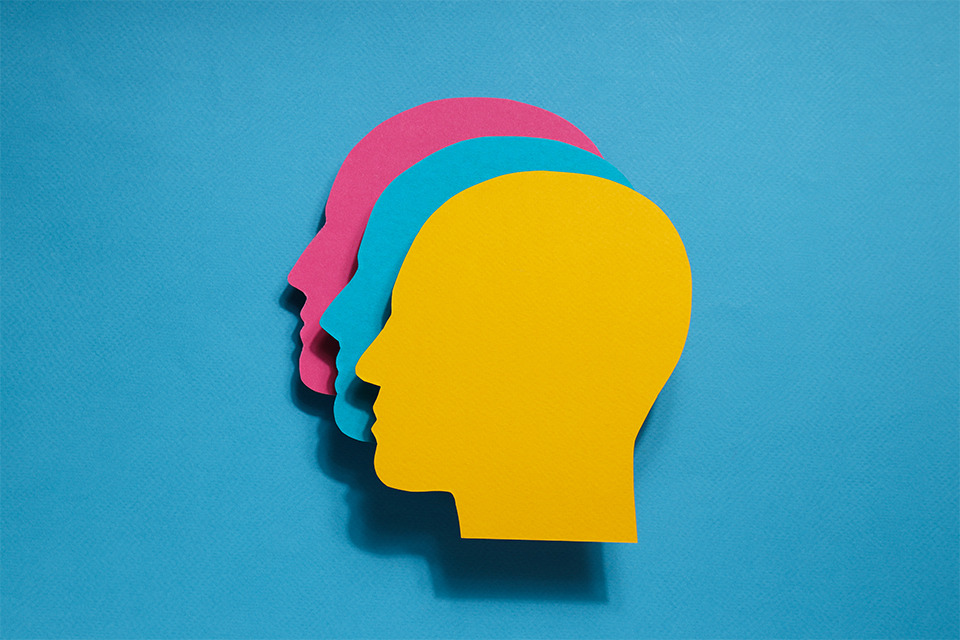What is Sustainable Growth Marketing?
Marketers use a lot of buzzwords these days, so let me lay another one to you that you might have heard tossed around in different circles; Sustainable. It’s a great word, it has that feel-good feeling, you know what I mean?
We’re all trying to do our part to create a better world around us, and sustainability has a lot to do with that. Sustainability means something different in various contexts. For example, sustainable energy would mean the production of energy with net-zero emissions (think solar or wind electricity generation).
Sustainable development means ‘economic development without the depletion of natural resources’. I’m sustainably producing this blog article by using only my human energy and whatever oxygen is required to breathe while I type. And a small amount of electricity to power my computer. I would call that a win for sustainability! I can create value for someone else while expending very little in the way of natural resources.
The concept of sustainable development was described by the 1987 Bruntland Commission Report as “development that meets the needs of the present without compromising the ability of future generations to meet their own needs.” (The United Nations overarching paradigm).
For our purposes, this definition translates directly to Sustainable Growth Marketing. This is a concept becoming more adopted by marketers worldwide every day, and a topic dear to my heart. What this means is that the resource output to get a result should be far less than the resulting return. In my opinion, it also means that the returns should continue long into the future after our initial expenditure of energy.
Ok, let me translate this into practical terms.
Expending resources in marketing (usually time and money), shouldn’t just have a one-time return of value, it should continue to return value long into the future. Kind of like making a smart investment in a good company – your one-time investment should continue to pay dividends in the future so long as the company continues to grow and perform, fuelled by your initial input of resources. That’s just smart investing! And most financial experts would tell you that even when the markets take a nasty turn, the returns will normalize and start to return value in the future if you’re patient.
Growth marketing is no different. There are good marketing investments and there are risky ones. Inexpensive, and incredibly expensive. There are ones that deliver only short-term value, and ones that create enduring value. Knowing the difference matters when determining how to allocate scarce resources. Here is a contrast of the differences in sustainability with 2 popular digital marketing tactics; paid ads and content.
1. Paid ads
Paid ads (often referred to as PPC or ‘pay-per-click’) are purchased from search engines or social media and are most often used to make sure you’re in the right place at the right time when your target consumer is looking for services like yours.
If you’re a local plumber, you want your ad to appear when someone searches for ‘Plumber in [my town]’, so you buy some ads focusing on those keywords. The ad results are displayed in order from whoever bid the most money on the ad (it’s a competitive auction). If you bid more $ per click than your competitors, you’ll rise to the top. Those positions should result in clicks to your website where you can convert the visitor into a customer. As long as you keep investing those dollars and stay ahead of the competition, you’ll keep getting the clicks that drive the conversion you need.
2. Content
Developing content for your audience is essentially the act of creating valuable assets focused on helping your potential customer, even if they’re not in a buying mood just yet. If you post a great content piece about solving minor plumbing challenges for the everyday consumer, you’ve helped them solve a problem and created an exchange of value with them. Your brand has become an ally to them, not just another service provider.
Now, what happens when that same consumer needs a new hot water heater? Or has an emergency leak? In their mental rolodex, they’re already aware of your brand, and even if they conduct another search online, your brand will stand out as familiar to them, giving you a critical edge over your competition.
How do these 2 methods relate to sustainability? Well, while the paid ads should have an ROI, they’ll only return value with a steady diet of cash. Stop spending resources on ads, they go away, and so do the clicks. With content, your one-time investment creates an enduring asset that’s discoverable for months and years to come. In addition, you’ve created a more valuable connection with your consumer by offering helpful resources. You’ve subsequently added value to your brand while growing your audience.
There is a multitude of marketing tactics that span the spectrum from sustainable to resource-intensive. There’s no harm in leveraging resource-heavy tactics to stimulate quick results if that’s what the business needs, but serious attention should always be paid to developing sustainable channels of growth that continue to add brand value to your growing business.
A practical example
For many years, Starbucks® ‘bucked’ the industry trend by not spending money on expensive, traditional advertising like TV and Newspaper. Instead, they focused resources on developing an amazing internal culture and very personal Customer Experiences (CX). This helped Starbucks catapult its brand past its competitors and scale the business to legendary status. More recently, Starbucks has dipped into all forms of advertising to stimulate results and maintain market position as times change and consumer preferences evolves.
A quick final note: This shouldn’t be confused with ‘sustainability marketing’. This term refers specifically to the marketing of items with a focus on the sustainability attributes of the product or service. In other words, when you see a brand touting ‘Made with 100% recycled materials’ as a leading brand attribute, they’re using sustainability marketing to appeal to a more eco-sensitive consumer.
Grow fearlessly!


